The Exhibition
Between Waves encompasses contemporary images, stories, histories, and oceanic myths through the works of artists from the Asia-Pacific region through the interconnectedness of islands and oceans linked by transformative technology. The artworks trace currents between individual islands and groups of islanders carrying memory, historical trauma, reflection on co-existence, and new possibilities.
Lieko Shiga, "When the Wind Blows" (2022-2023), video installation view at Waiting for the Wind: Tokyo Contemporary Art Award 2021-2023 Exhibition
For democracy to survive, Alexis de Tocqueville, in his Democracy in America (1835–40), proposed the term “art of joining” as opposed to self-isolation. For when we voluntarily join in associations in order to further the interests of the group, we therefore serve our own interests. Similarly, Horace Kallen in Democracy Versus the Melting Pot (1915), advocated instead of assimilating all Americans into the melting pot under the premise of broadly Anglo-Saxon American identity, they ought to be free to exercise their distinct cultural heritage and the differences that they brought with them. The aspiration of cultural pluralism is analogous to a symphony, a musical platform from which each player is embraced for their specific instrument with a specific sound, each contributing in unison to the symphonic sound. In 2022, Rail Curatorial Projects presented an ongoing series of exhibitions entitled “Singing in Unison,” featuring work by artists young and old, taught and self-taught, emerging and established, shown side-by-side. Thus far the series has been presented at Art Cake, the Scully Tomasko Foundation, TOTAH, Below Grand, Ricco/Maresca, Miguel Abreu, and Industry City.
Jane Jin Kaisen, "Offering – Coil Embrace", video installation, 2023
Singing in Unison, Part 8: Between Waves, curated by Alice, Nien-Pu Ko, attests a similar ethos by focusing on the Asia-Pacific region, as Fijian anthropologist Epeli Hauʻofa had suggested in his “Our Sea of Islands” (1993) viewing the wholeness of their relationship from a comprehensive interdependent perspective. Some 25,000 islands, islets, and atolls are scattered amidst the Pacific Ocean, with nearly 1,000 languages spoken in total. Drawing on histories, oceanic myths, stories, in addition to the shared political traumas resulting from colonialism, the Cold War, militarism, warfare, and ecological disaster, many of the regions remain in constant flux: an ever-changing militarization throughout the islands. Concurrently, in implementing the coexistence of traditional and modern thinking as responses to the growing geopolitical tensions, conflicting social values, among other frictions, this exhibition explores these layers of complexity through the works of seventeen artists, filmmakers, photographers, poets, musicians, and thinkers from Taiwan, Japan, the Philippines, Borneo, Jeju Island, the Hawaiian islands, Samoa, and New Zealand.
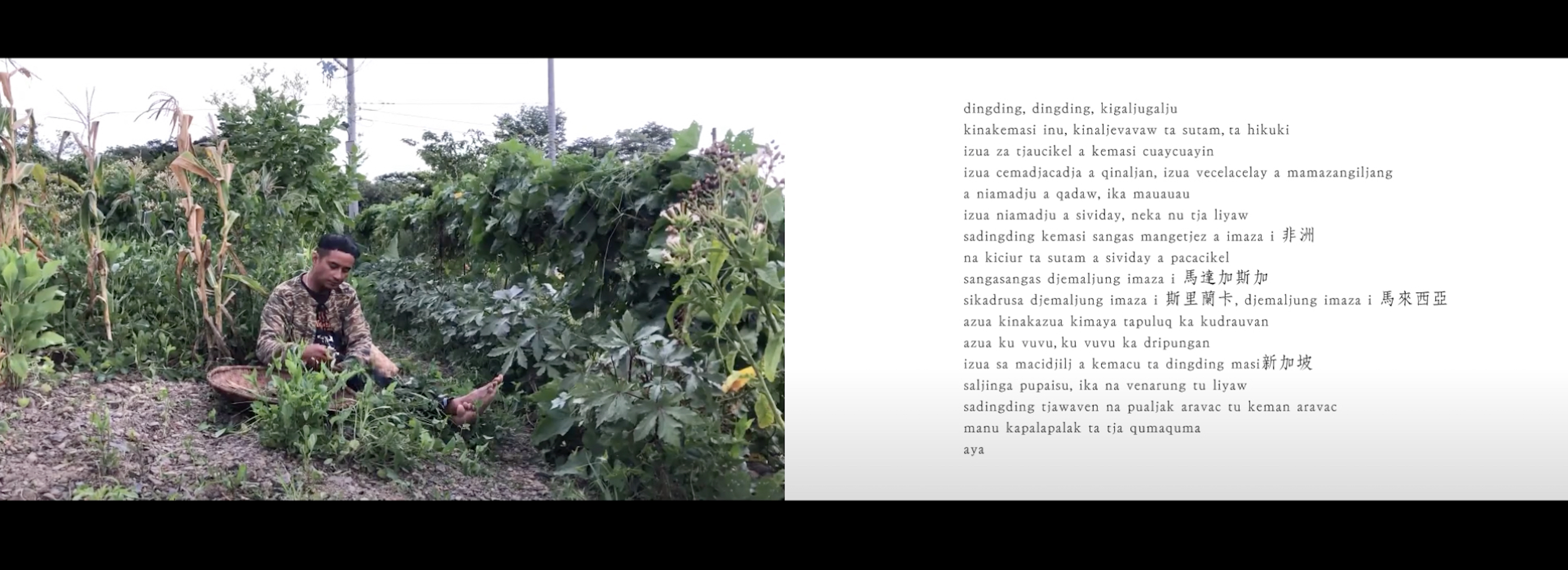
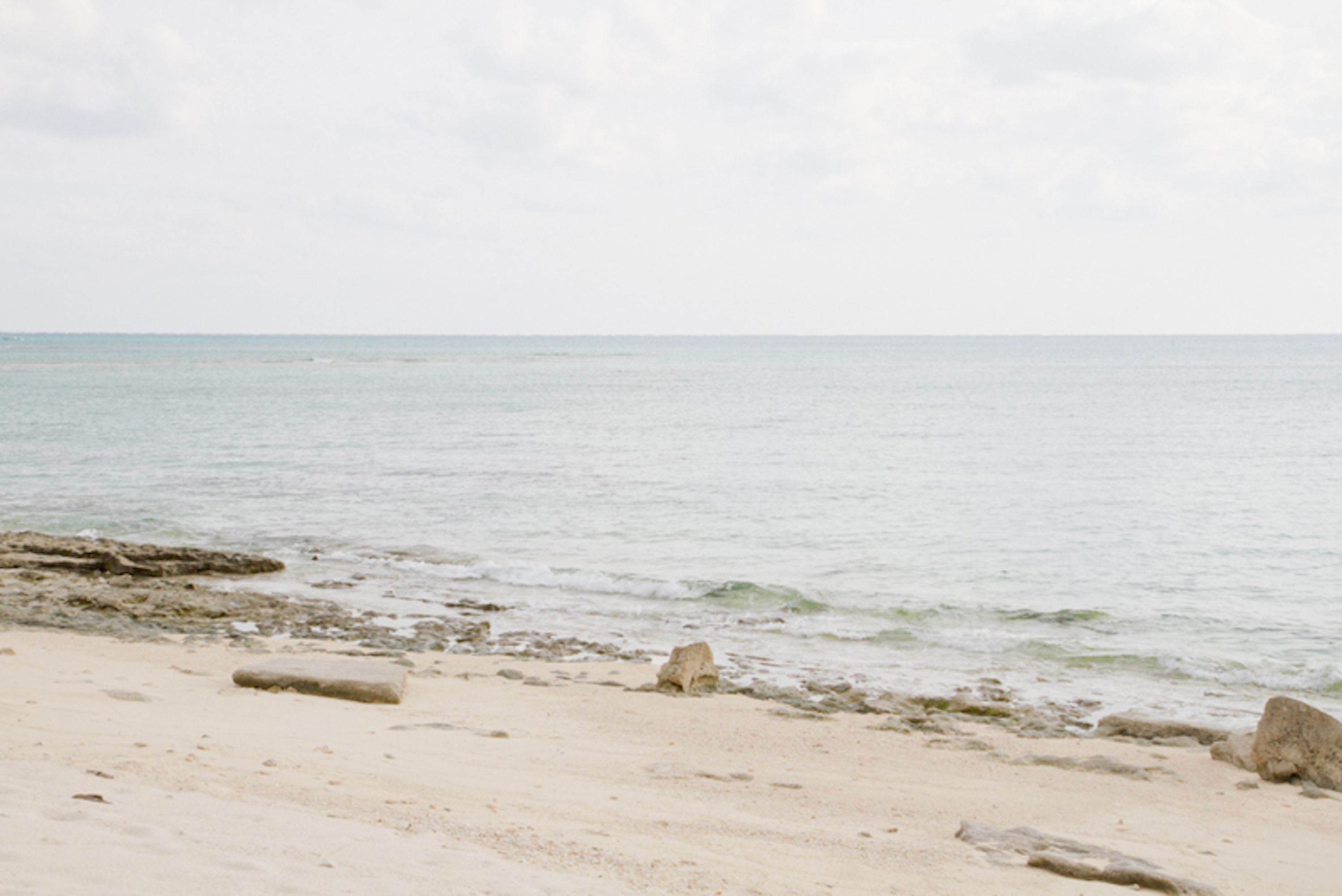
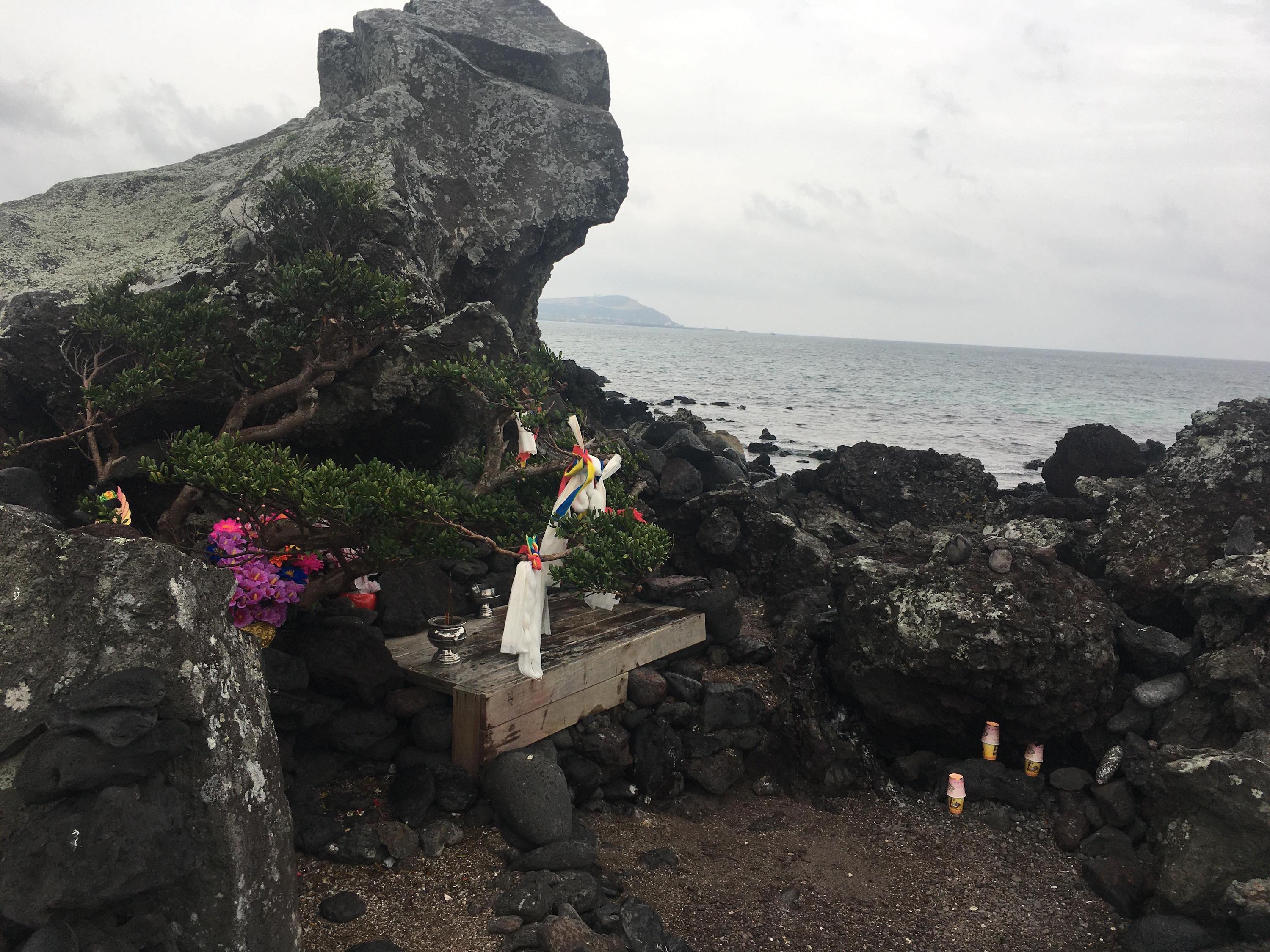
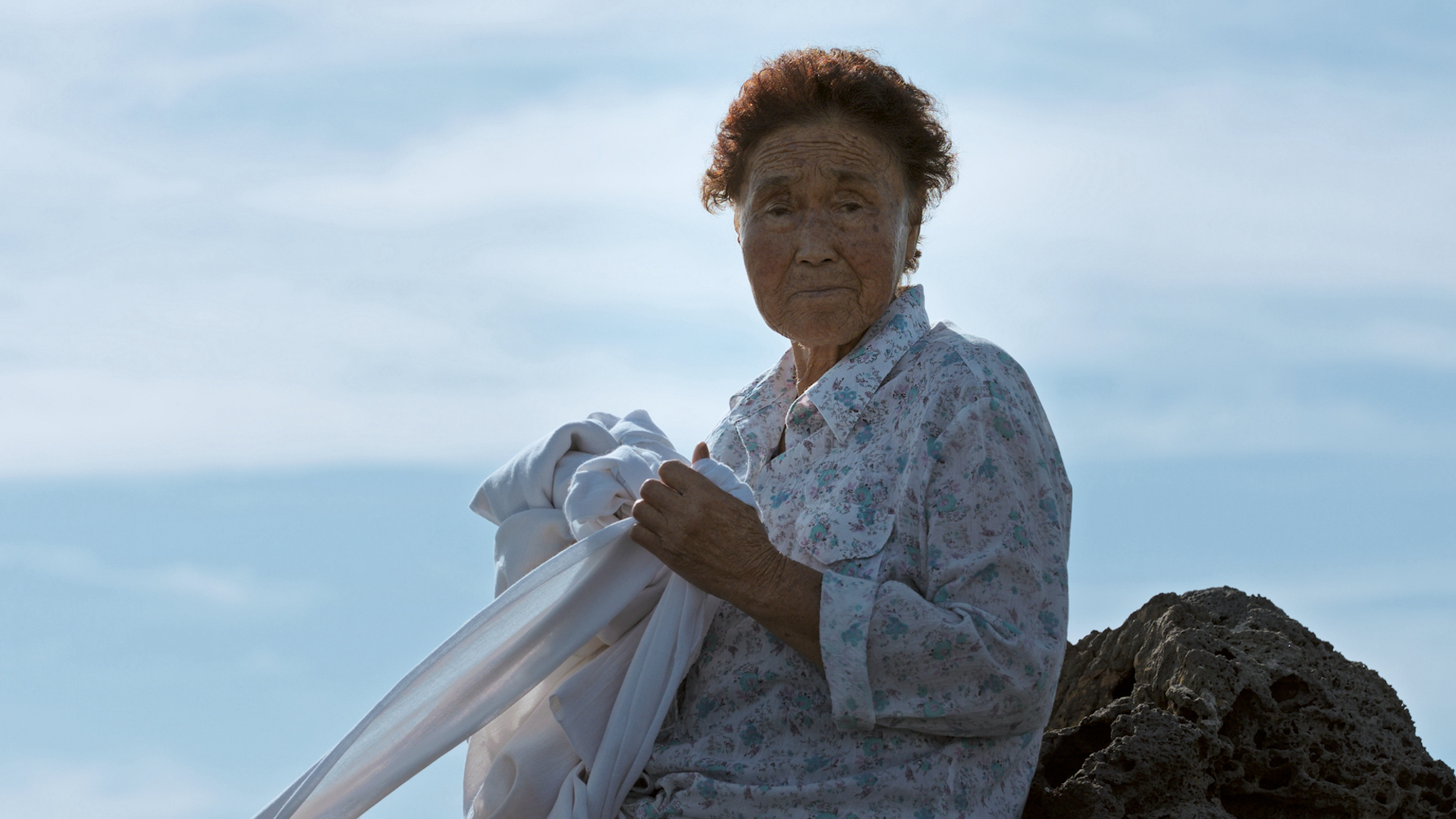
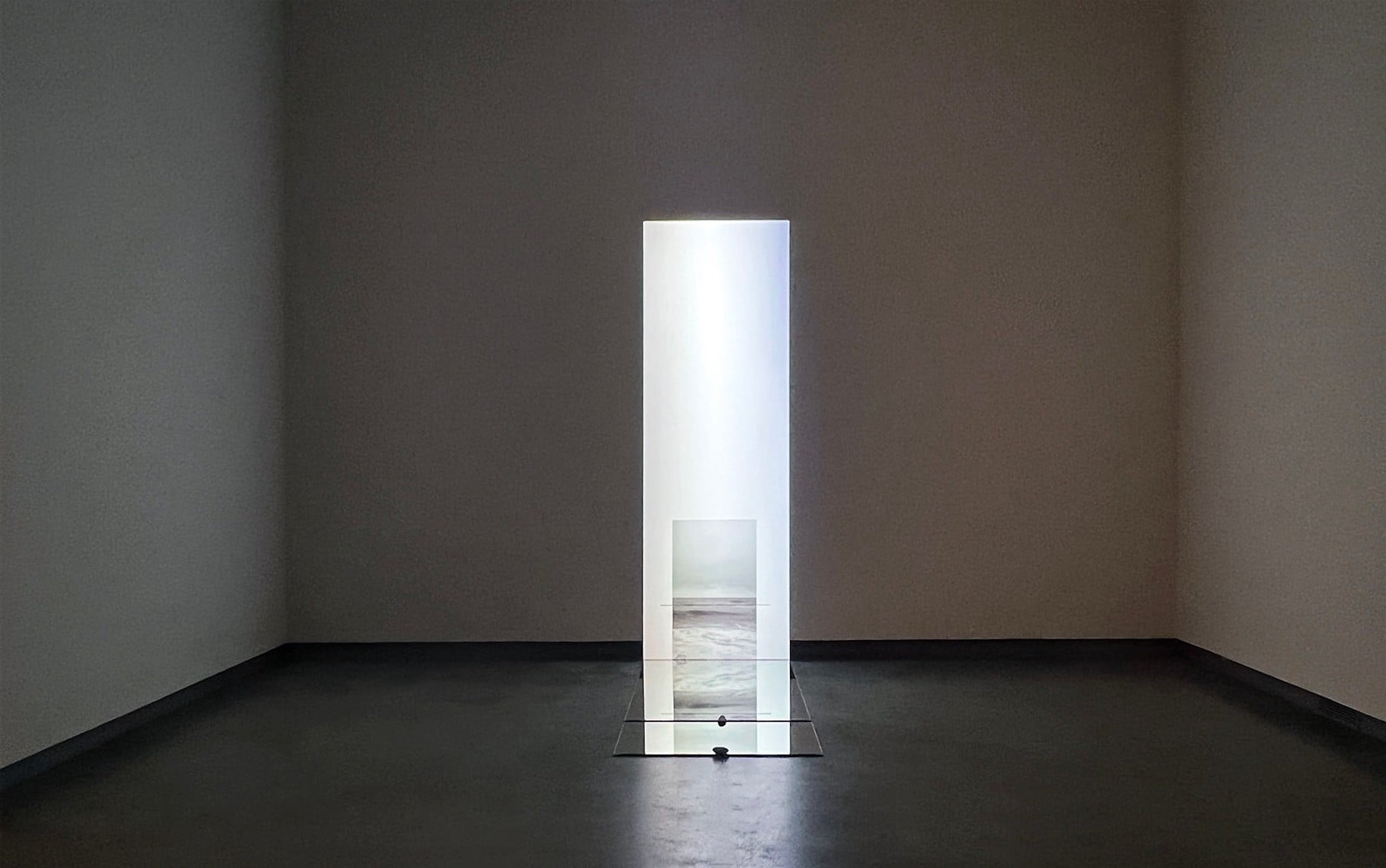
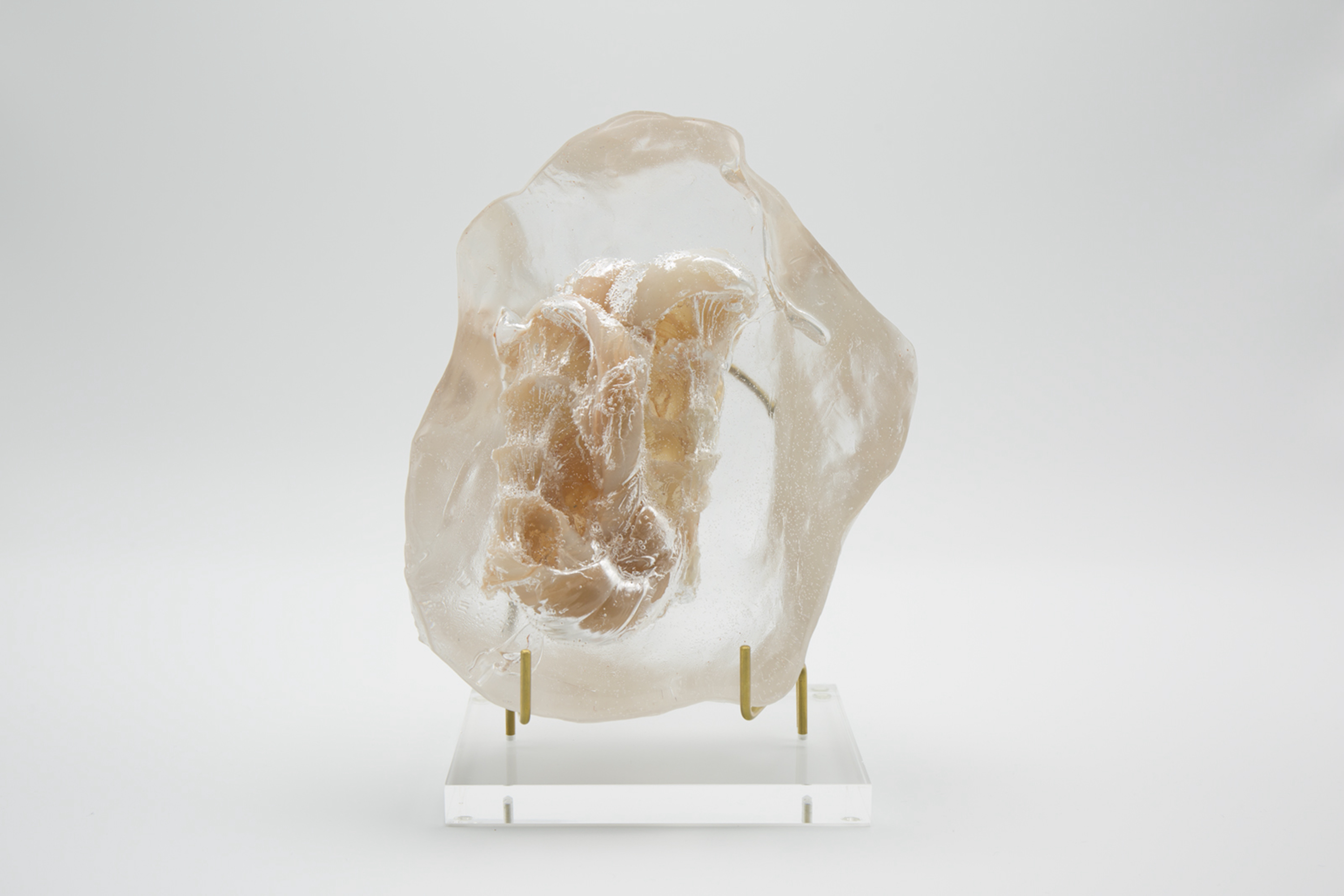
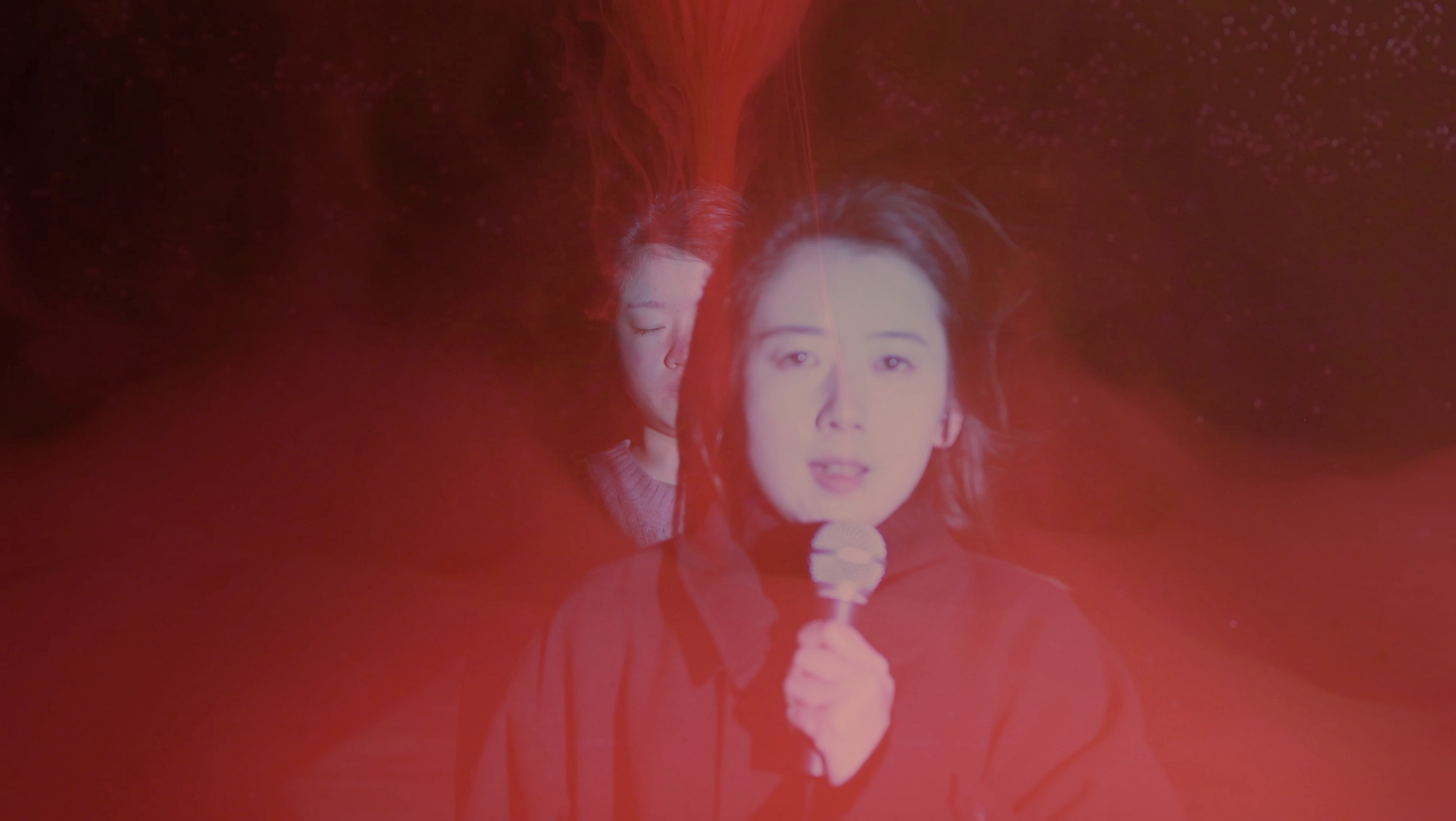 Lieko Shiga, When the Wind Blows, 2022–23.
Lieko Shiga, When the Wind Blows, 2022–23.
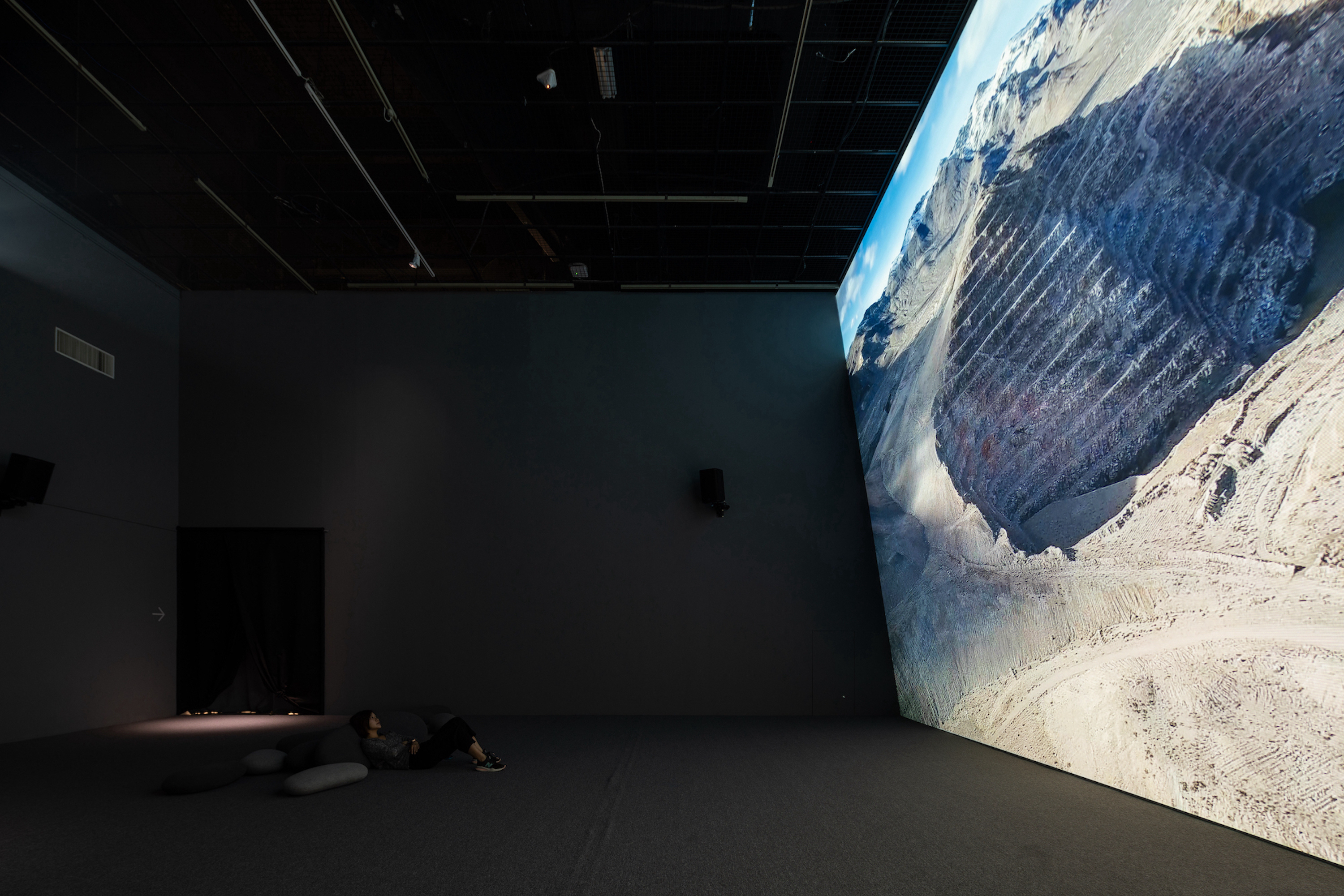 Liu Yu, Salvation Mountain, 2018
Liu Yu, Salvation Mountain, 2018
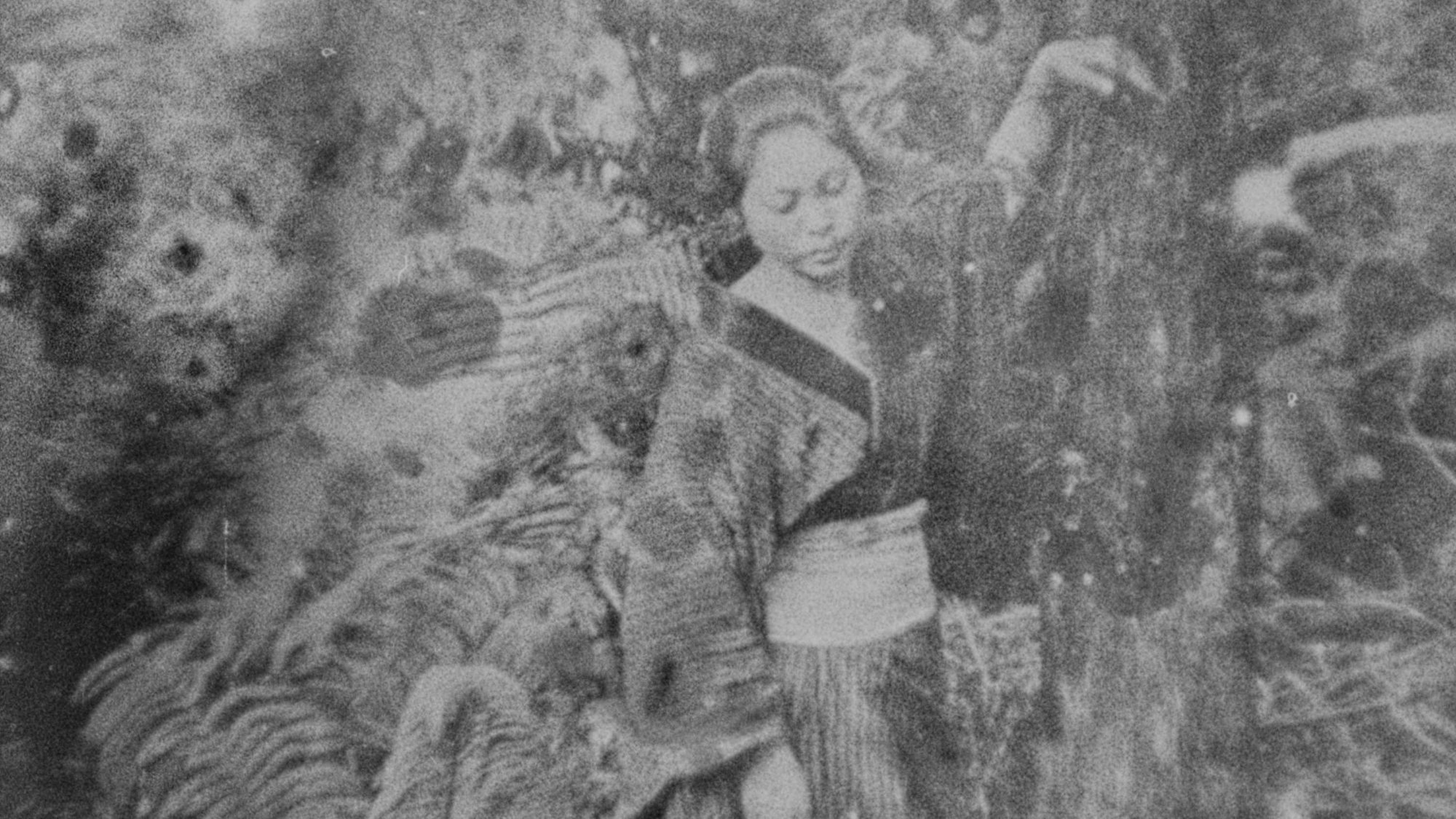
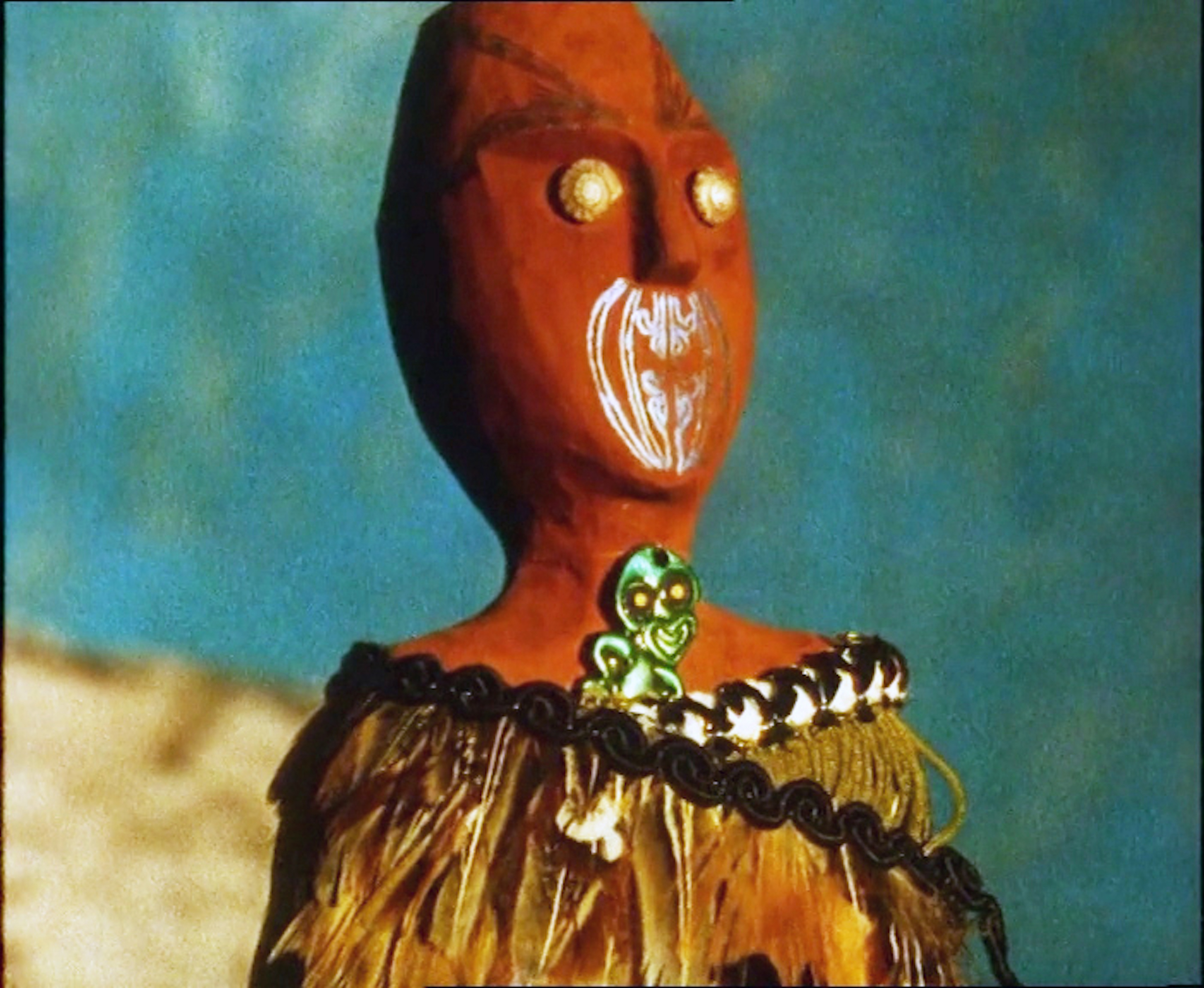
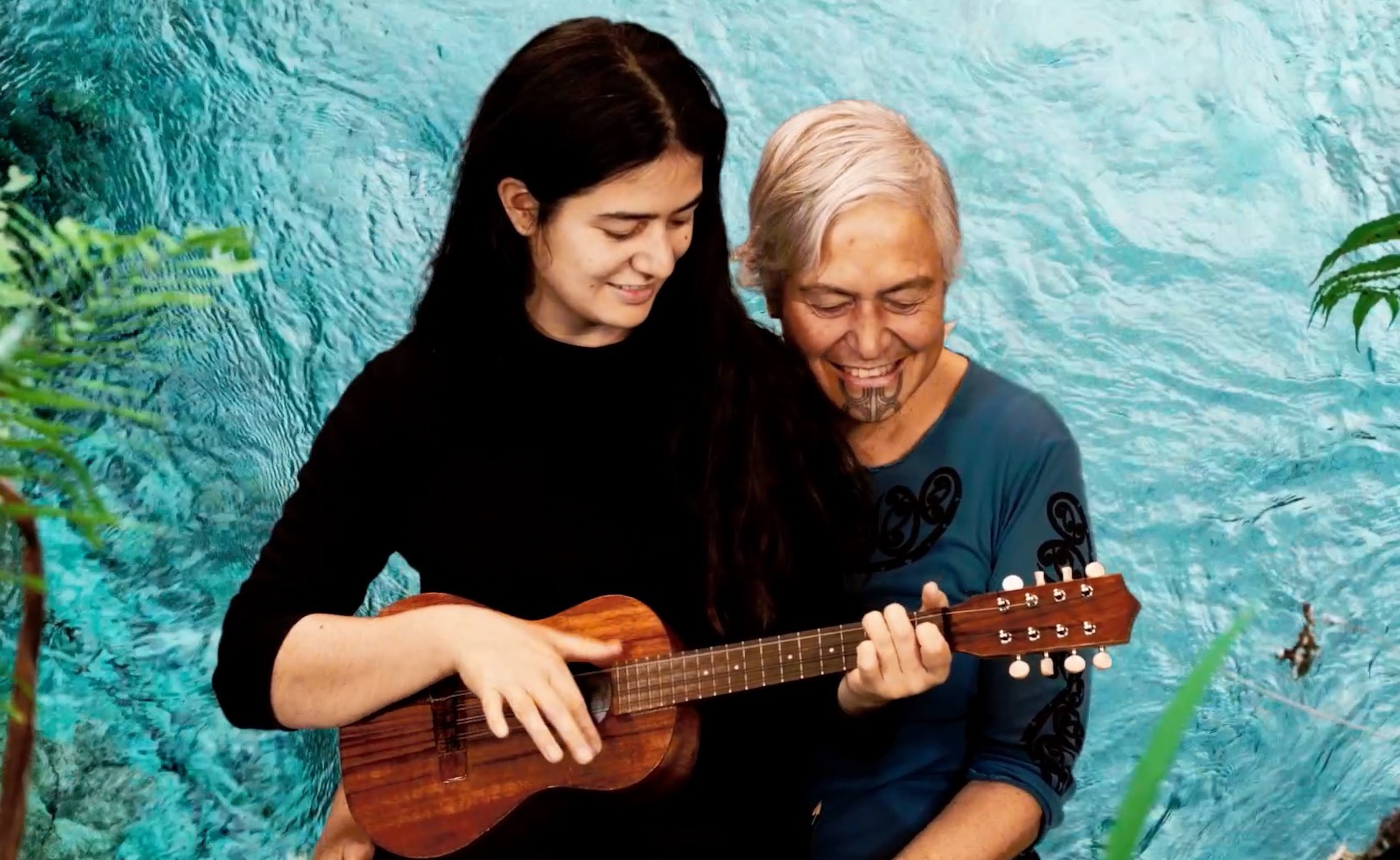
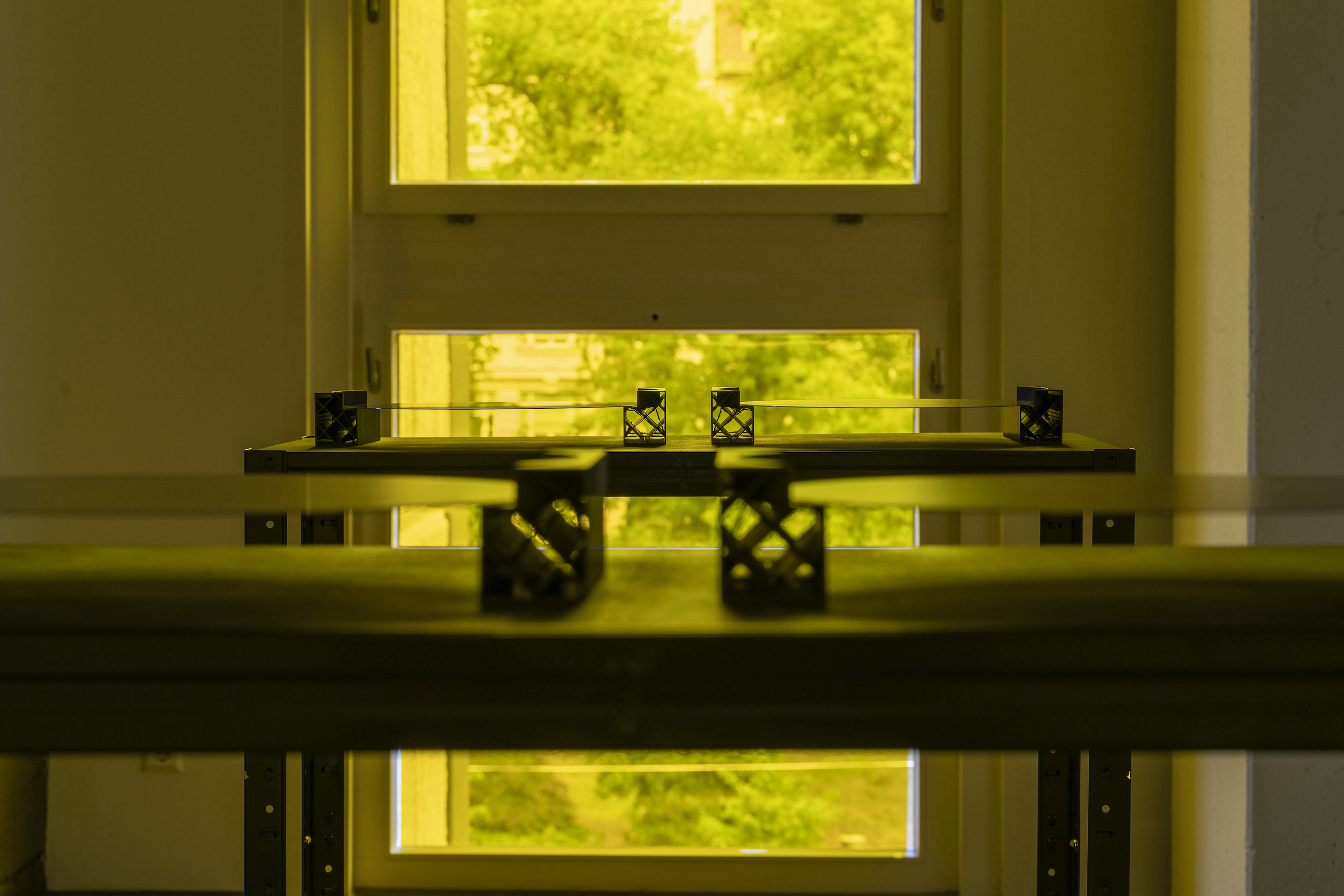 Su Yu Shin, Particular Waters, 2023
Su Yu Shin, Particular Waters, 2023
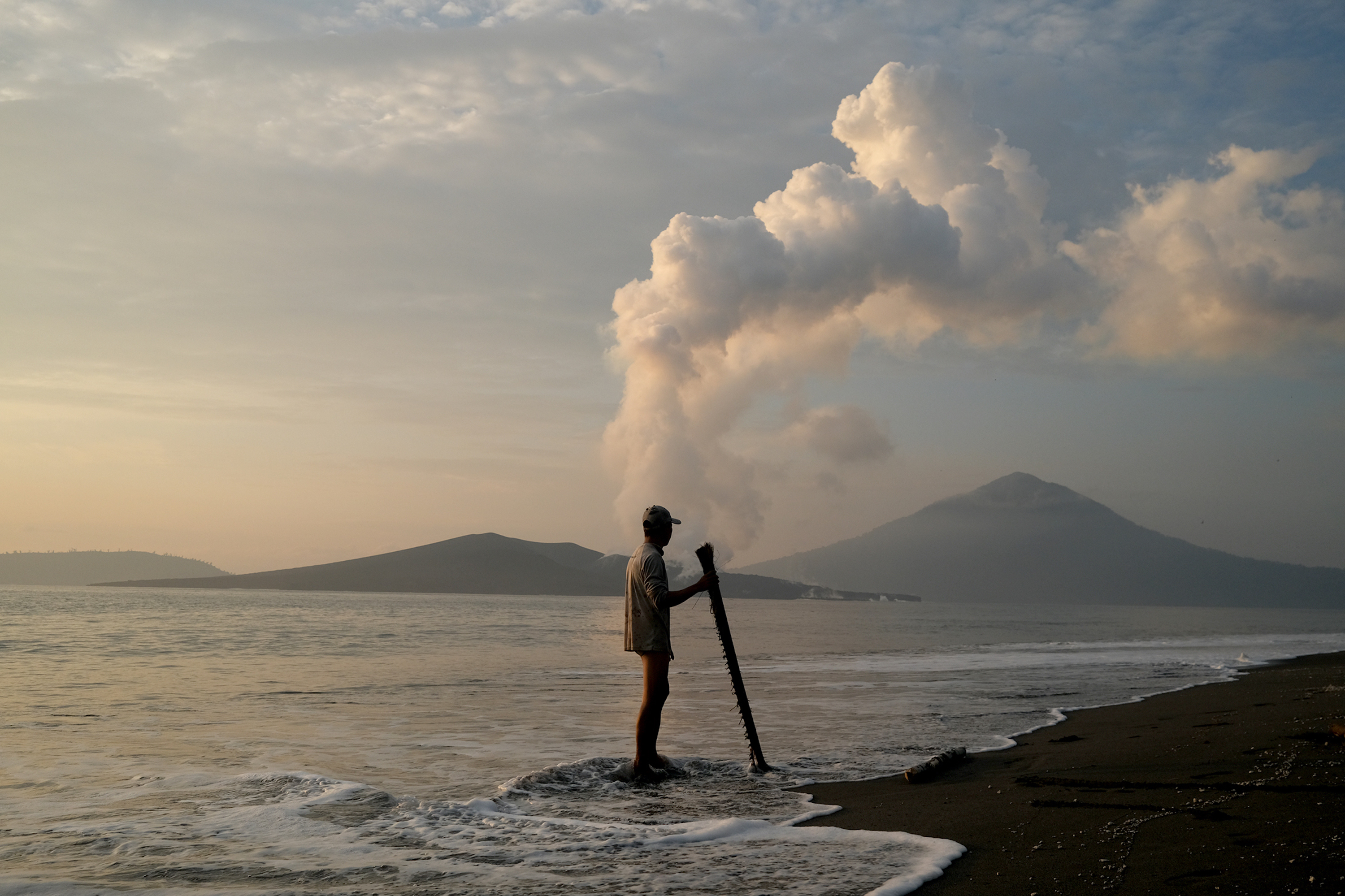 Tita Salina and Irwan Ahmett, The Call of Fragility, 2022
Tita Salina and Irwan Ahmett, The Call of Fragility, 2022
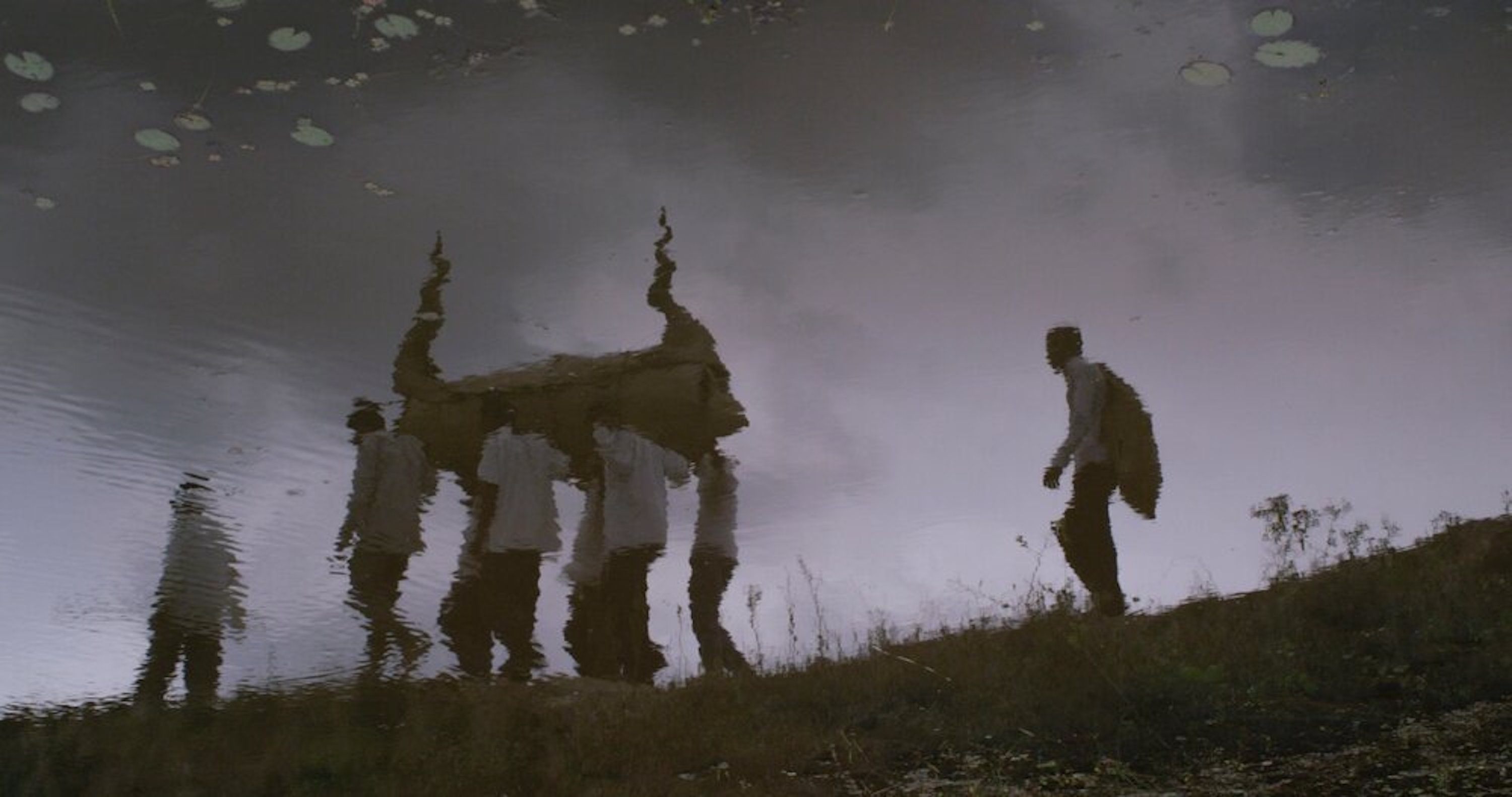
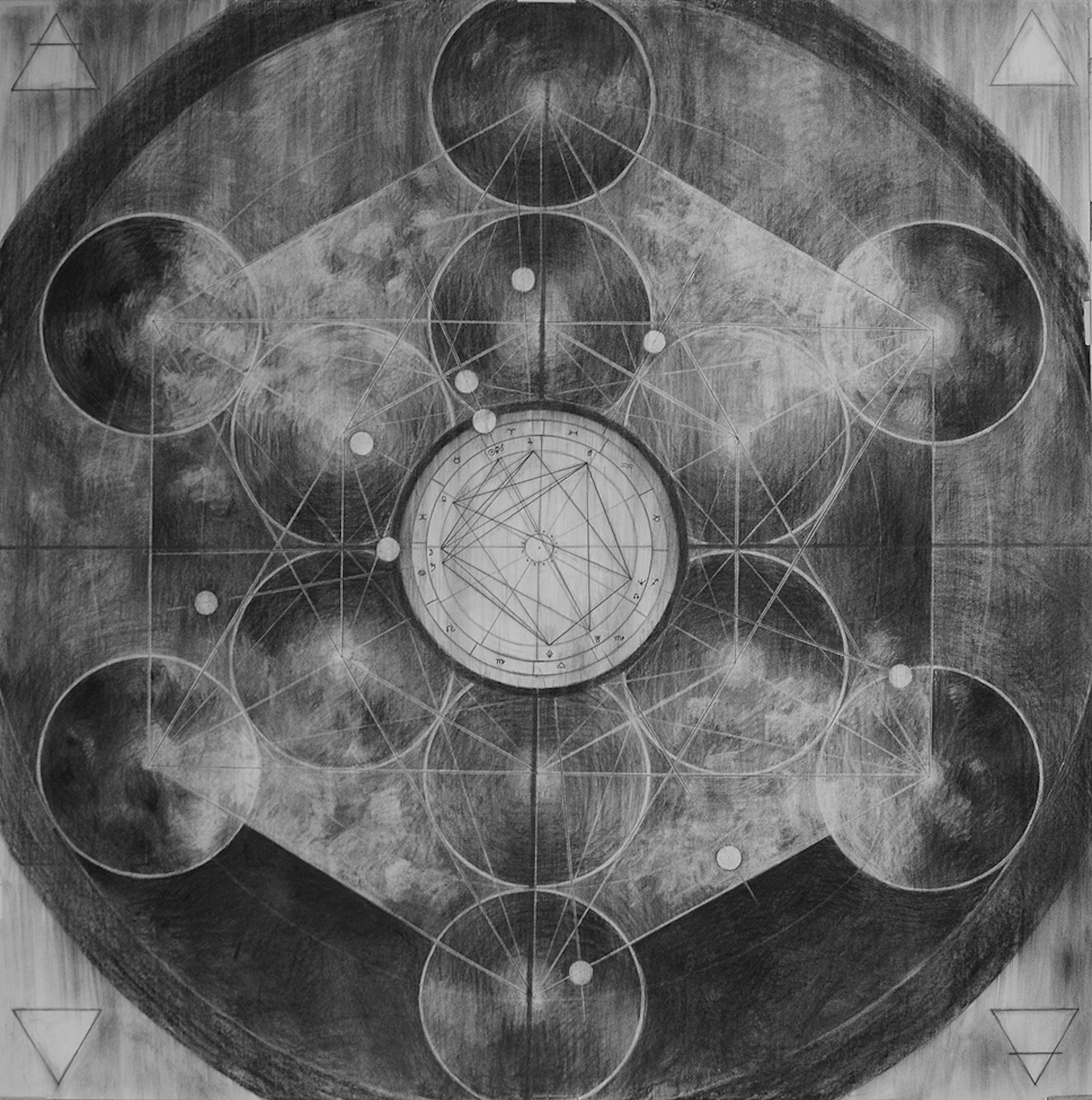
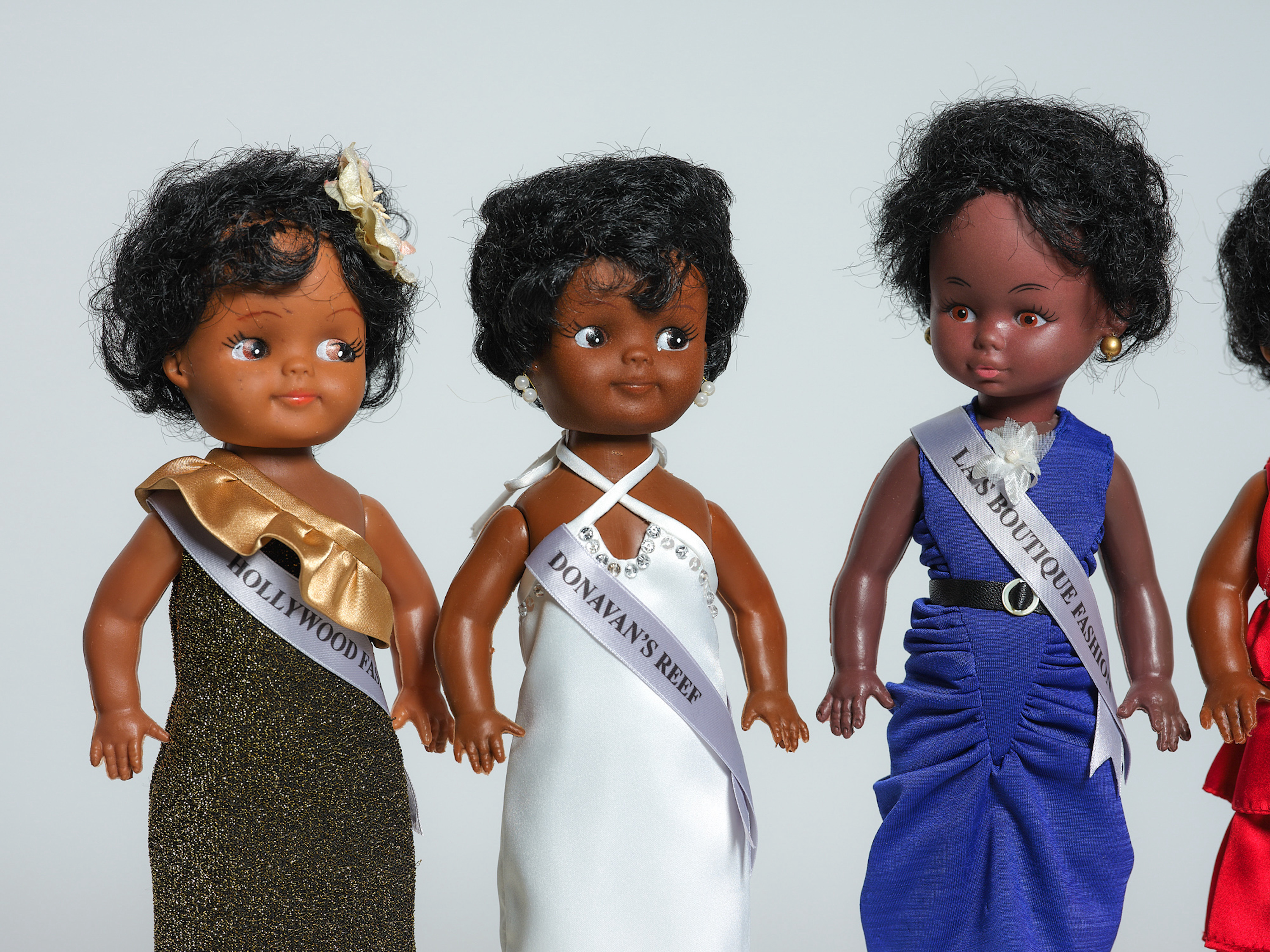
Hours and location
October 7, 2023–January 12, 2024
Opening: October 7, 2023 6–8
Location:
900 Third Avenue, Brooklyn, New York view map
Admission:
The exhibition is free and open to the public
Hours:
Wednesday–Sunday, 11–6

Curator
Alice, Nien-Pu Ko is a curator and writer on contemporary art, film, video, sound, and interdisciplinary projects. Her projects focused on how art creates a space of mediation re-evaluating different histories and contouring modes of perception through alternative aesthetic forms. At Kaohsiung Museum of Fine Arts, she was the co-curator of the retrospectives Tony Oursler: Black Box (2021), Pan Austro-Nesian Arts Festival (2021), and the curator of Tomb of the Soul, Temple, Machine and the Self (2018) which was nominated for the 17th Taishin Arts Award, Taiwan. She was also involved in the curatorial team touring SUNSHOWER: Contemporary Art from Southeast Asia 1980s to Now, organized by Mori Art Museum in collaboration with Kaohsiung Museum of Fine Arts in 2019.
Previously, she worked with major art institutions and museums such as Taiwan National Art Foundation, Taipei; Tokyo Wonder Site, Tokyo; Bengal Foundation, Dhaka; Hong Kong Bi-City Biennale of Urbanism \ Architecture, Hong Kong; Hong-gah Museum, Taipei, among others. Her selected curatorial exhibitions include Flags, Transnational – Migrants and Outlaw Territories (Tokyo Wonder Site, 2016), Beyond the Borderline – Exiles from the Native Land (Howl Art Space, 2015), and Reverse Niche – Dialogue and Rebuilding at the City’s Edge (Hong-gah Museum, 2013).
Artists
Martha Atienza (b. Manila; based on Bantayan Island, Philippines), explores the intersection of local traditions, human experiences, society, and the environment in her art. She centers her artistic focus and video art on the documentation and exploration of urgent local issues, embracing a sociological perspective. Her work serves as evidence of her dedication to utilizing art as a medium for social engagement and dialogue.
Chang En-Man (b. Taitung, Taiwan) utilizes moving image, photography, installation, and creative forms of self-organizing and collective projects, to explore how Indigenous people negotiate the ever-shifting socio-cultural terrains and conditions for survival in contemporary Taiwan against the backdrop of modernization and urbanization, rooted in her own experiences and heritage as a half Indigenous person.
Yin-Ju Chen (b. Taipei, Taiwan) is an interdisciplinary artist whose practice spans the mediums of video, photography, drawing, and installation, with an oeuvre featuring works that reflect a primary interest in the relationship between cosmic events and human behavior. Chen reinterprets important historical events through a series of intricate, map-like drawings, continuing her investigation of the concept of power and its role and function in society.
Jesse Chun (b. Seoul, South Korea ) is an artist working between New York and Seoul. Chun’s immersive poetics in moving image, drawing, sculpture, and installation address language. Traversing found historiographies, translations, and imprints of linguistic imperialism as a site for rupture, abstraction, and (un)languaging, Chun unearths alternate semiotics and cosmologies for non-linear passages of meaning, time, and the untranslatable.
Futoshi Miyagi (b. Okinawa, Japan) works in various mediums, such as photography, objects, video and text, to construct narratives on the subjects of sexual minorities and untold stories in history, often in relation to Okinawa. Much of Miyagi’s work is inspired by his own memories and coming to terms with his identity as a gay Okinawan man.
Maya Jeffereis (b. Los Angeles; Based in New York) is an artist working in video, performance, and installation. Her work seeks to expand upon overlooked histories and archival gaps through counter and personal narratives, offering both critical perspectives and speculative possibilities.
Jane Jin Kaisen (b. Jeju Island, South Korea, lives in Copenhagen) works across video installation, experimental film, photography, performance, and text. Her multi-year projects that involve extensive research and collaborations, engage legacies of war and division, borders, and migration. Another recurring focus is nature and island spaces, feminist re-framings of myths, ritual and spiritual practices. Known for her visually striking, multilayered, performative, and poetic feminist works, she brings past and present into relation to negotiate and mediate means of representation, resistance, and recognition.
Yuki Kihara (b. Apia, Sāmoa) is an interdisciplinary artist of Japanese and Sāmoan descent. Through a research-based approach, her work seeks to challenge dominant and singular historical narratives through a wide range of mediums, including performance, sculpture, video, photography and curatorial practice.
Jia-Jen Lin (b. Taichung, Taiwan) is a Taiwanese-American artist based in Brooklyn and Berlin. Lin’s practice explores human experiences and how they inhabit our bodies despite different space and time. With an interdisciplinary approach, her installations often span several media, including sculpture, photography, video, sound, text, and performance. By employing her body and mind as an experiential interface, Lins looks into the subjects of cultural identities, struggles, correlated relationships between our physicality and psychology, and the resemblance between art making and manufacturing in social content.
Yu Liu (b. Taiwan) employs a variety of mediums such as video, installation, and texts, to develop a series of documentary field studies about how humans envision the world, how attributes of spaces change, and how things are constantly being defined in a system–all contributing to an account on the progression of humanity.
Vandy Rattana (b. Phnom Penh, Cambodia) has focused on challenging conditions in his home country by documenting natural and manmade disasters. Rattana was inspired by the capacity of photojournalism to bear witness and its potential to document Cambodia’s troubled and damaged culture and to provoke activism.
Lisa Reihana (b. Auckland, Aotearoa) is a multi-disciplinary artist whose practice spans film, sculpture, costume and body adornment, text, and photography. Her ability to harness and manipulate seductively high production values is often expressed through portraiture where she explores how identity and history are represented, and the intersection of these ideas with concepts of place and community.
Tita Salina (b. Palembang, Indonesia) and Irwan Ahmett (b. West Java, Indonesia) are an artist duo whose tactical, interventionist approach is developed in response to living in a megacity of 15 million people, and amid large-scale contemporary political power struggles. They frequently deal with social issues in public space, translating them into spontaneously unfolding events.
Lieko Shiga (b. Aichi, Japan) is a photographer whose practice connects inquiries about the nature of the photographic medium with fundamental questions about life and the means of expressing oneself. Characterized by their intense color saturation, heavy use of flash, and uncanny, dreamlike tone, Shiga’s photographs deliberately transgress the conventions of documentary photography, blurring the boundaries between reality and representation, and drawing on local myths and personal accounts.
Kahurangiariki Smith (b. Kirikiriroa, Aotearoa) was raised with traditional Maori values, she has a keen interest in her heritage and the stories of her ancestors. Her art often comes through in digital formats and installation, a reflection of the media that is engaged with daily in person and online, such as gifs and video games. Kahurangiariki believes there is power within the intersection of traditional perspectives and contemporary media.
Su Yu Hsin (b. Taichung, Taiwan, lives in Berlin) is an artist who approaches ecology from the point of view of its close relationship with technology. Her artistic practice is strongly research oriented and involves field work where she investigates the political ecologies of water. Her work reflects on technology and the critical infrastructure in which the human and non-human converge.
Pangrok Sulap (based in Kota Kinabalu, Malaysia) is an Indigenous artist collective composed of members from the Dusun and Murut clans of Malaysian Borneo. The collective uses print-making techniques in a collaborative effort with their local communities, spreading the power of large-scale prints as a means of activating social agency in a part of Malaysia that is of little familiarity with contemporary art. Committed to the need for education, the collective also raises awareness of locally-relevant social and political issues such as illegal logging, corruption, and the mining of historical memories.
Hong-Kai Wang (b. Huiwei, Taiwan) is an artist who works across exhibition making, performance, publication, and teaching. Wang’s research-based practice confronts the politics of knowledge lost in colonial and diasporic encounters at the intersection of lived experience, power, and “listening.”
About the Brooklyn Rail
Founded in October 2000 and currently published 10 times annually, the Brooklyn Rail provides an independent forum for arts, culture, and politics throughout New York City and far beyond. The journal features criticism of music, dance, film, and theater; and original fiction and poetry, covers contemporary visual art in particular depth. In order to democratize our art coverage, our Critics Page functions with a rotating editorship, which such luminaries as Robert Storr, Elizabeth Baker, Barbara Rose, Irving Sandler, and Dore Ashton have helmed.
The Rail further fulfills its mission by curating art exhibitions, panel discussions, reading series and film screenings that reflect the complexity and inventiveness of the city’s artistic and cultural landscape.
To learn more, visit brooklynrail.org
Follow us on Instagram instagram.com/brooklynrail
